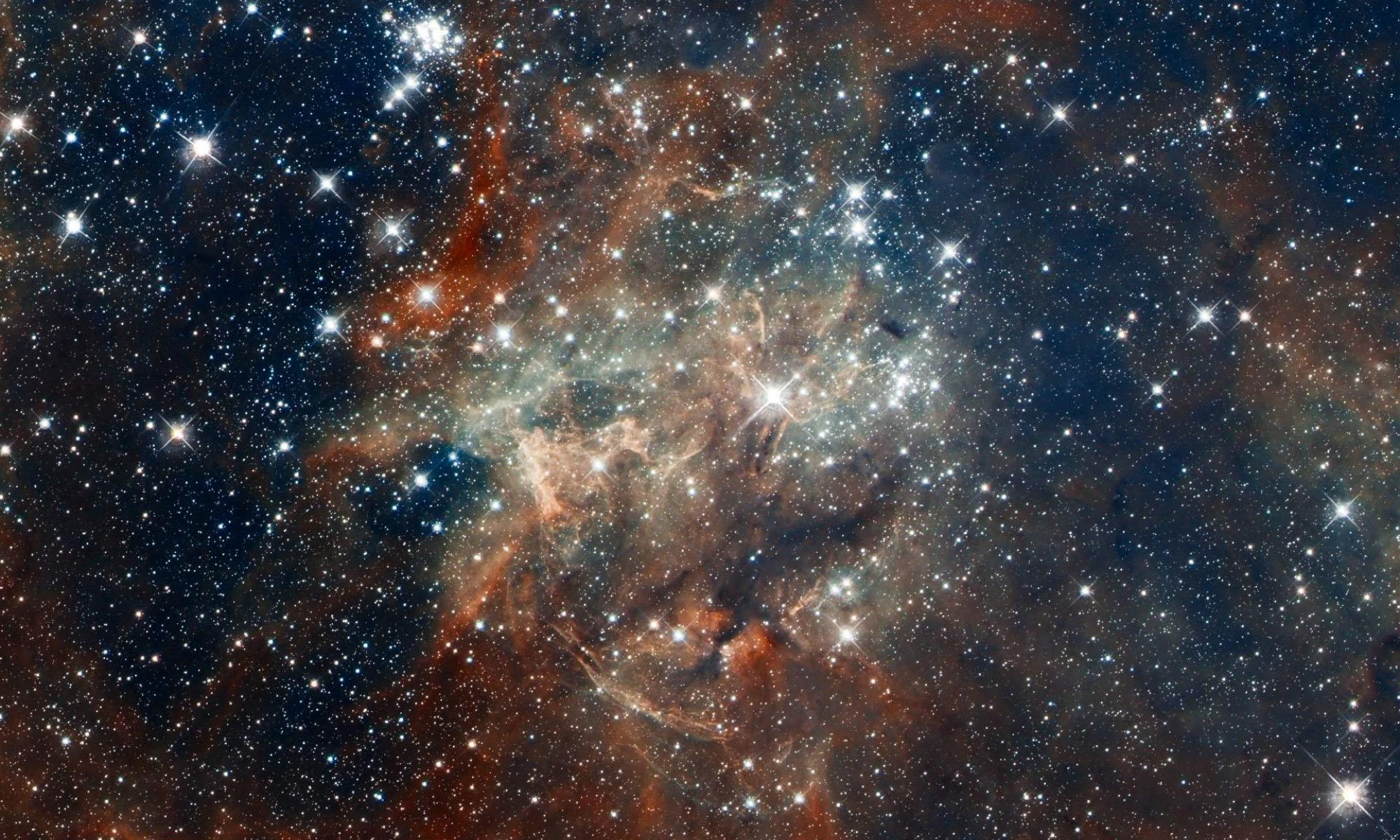These Wonderful Spring Days, Jeremy Stock
Jeremy David Stock’s These Wonderful Spring Days traverses the well known lines of an aesthetic double-bind: the sublime. The double-bind, in its Mobius-strip like duality, consists of a knotting of two oppositions: the cosmic and the conscious. The text, divided into brief subtitled sections that are often aphoristic in style, has no unified narrative or fully developed characters, cleaving to the status of artwork. The fragments of writing were, apparently, written between 2008 and 2015, and are simply arranged according to date of composition, yet read together they speak to each other with remarkable clarity, and the clean break at 100 pages hints at an order that might, tongue in cheek, exceed the stated simple act of collection. The fragments include descriptions of potential artworks and visions of places, which read as bursts of truncated creativity, and place the work in the border zone between fiction and conceptual art.
Although many of the individual sections contain extensive descriptions of scenes, these never become sites of action in the traditional fictional sense. The narrator does inhabit these scenes, and we are occasionally told about an experience, or a mood, or fleeting thoughts. But he or she is never afforded the traditional fictional accoutrements of attribute or action. There is only one brief instance of dialogue in the book.
The text begins with a section entitled ‘The Two Londons’, which describes dual cities—one real, the other dreamt—and maps and theorises the relation between these two worlds. Soon we learn of the end of the world, with humans fleeing the earth in ships cast into outer space, unable to return home, yet without any destination that might concretise a purposeful or hopeful path. There are several complex oppositions set up here, mediated by presence and absence, freedom and constraint. These include the overwhelming memory of earth and the impossibility of return, the task of describing a universe that is a totality from within that totality, and of the co-presence of two worlds whose mutual existence rests on the exclusion of the other: the conscious state and the dream state.
Alongside the aphorisms and the descriptions of the city are accounts of refugees from earth searching for a new home, a journey that will be an ‘ordeal without equal in the past. It will make all previous diasporas, pilgrimages, purgatories, wanderings in the desert, seem like children strolling along a riverside path’ (1). The magnitude of such an ordeal produces a new, cursory kind of sublimity, whereby the wild fact that in ‘an infinite universe that is absolutely teeming with life it must still be possible to travel forever and never see another soul’ becomes part of the ‘furniture’, so to speak, of existence after the end of the world (2). The passages describe the ‘solid state universe’, performing the Borgesian contradiction whereby the text purports to represent an absolute form, impossibly, outside of that absolute.
Yet the book is not actually devoid of imagination, or humanity, because it harnesses the imagination of the urban planner writ large and the experience of creatures that are subject to a time when communal is coextensive with abstraction. If the novel is closely associated with the developments of new urban modes of living in cities of the 18th and 19th centuries, this text should be associated with the anticipation of a different kind of close quarters—the spaceship. In this sense, it is filled with ‘scapes’—both cognitive and spatial—rather than the textual formation of a habitus. Michael Hampton has called Stock’s fiction ‘extra terrestrial’, in this respect (3). We read that ‘when you come to an understanding, you neither pay for it with any of the benefits of not understanding, nor do you lose, give up, or give away, any other previously held possession, right or freedom’ (4) and throughout the text confusion is not remedied or ‘paid off’, and greater comprehension does not resolve any cognitive economies, but rather produces impasses, in the dreamland of ‘London’ or navigating a space ship travelling at light speed. The new vistas of human exploration present the sublime impasse of the aimless, the meaningless, and the lonely.
Stock is interested in what happens to thought when it is put under the pressure of the cosmic, and numbers are central to this. They provide a key example of the duality of incomprehension and scientific certainty. The narrator opens one of the passages with the segue that he ‘would like to take refuge now in numbers’, proceeding to describe a table of statistics (5). The narrator’s fascination with the spirit of the numeral—‘Not only are these figures being written in a careful and neat hand-writing with a fine-bibbed pen, but also the data the figures represent has been carefully and accurately gathered’ (6)—again reflects the impasses of intelligibility that Stock is concerned with. If numbers are removed from their context, or cannot be concretised, they become aesthetic, products of empirical refinements that seem as archaic as the curtsey or the bow. Rather than numbers ‘meaning’ anything here, the work describes their careful composition, which is at once a kind of libidinous archeology—the fascination of a cryptic script—but also the only way to respond to numbers when their real-world referent is absent. This is, of course, linked to the conditions of the space-bound refugees: ‘We just move helplessly from one day to the next, without real direction or purpose and only deal with what it is that movement […] brings us’ (7).
The book’s cover presents a picture of the cosmos (an ‘image of a stellar breeding ground in 30 Doradus, in the Tarantula Nebula,’ [front matter]), and an image of the spaceship hurtling through the galaxy provides the key metaphor for the formal work that Stock is trying to do here. The fragments of These Wonderful Spring Days are a containment for human affect in contact with realities or abstractions that far exceed the grasp of our finite consciousness. This is an important undertaking for contemporary fiction, and one that Stock’s work meets with elegance.
- Jeremy David Stock, These Wonderful Spring Days, Melbourne: re.press, 2018, p. 12
- Ibid, p. 18
- Michael Hampton, ‘Posthuman and categorically nebulous art writing’, The Fortnightly Review, http://fortnightlyreview.co.uk/2018/10/categorically-nebulous/
- Stock, p. 11
- Ibid, p. 19
- Ibid
- Ibid, p. 91


